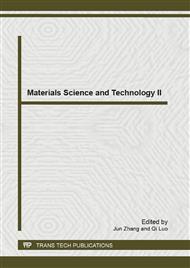p.98
p.103
p.109
p.113
p.119
p.127
p.132
p.138
p.147
Evaluation of Various Laminated Plate Theories Accounting for Interlaminar Transverse Shear Stress Continuity
Abstract:
Based on a unified form of the plate kinematics in terms of the transverse shear functions and the Heaviside step function, the analytical solutions of laminated plates corresponding to a number of higher-order shear deformation plate theories are solved in this paper. The accuracy assessment of these higher-order laminated plate theories is conducted by comparing the resulting analytical solutions with the elasticity solutions and finite element results. The accuracy study shows that the interlaminar shear stress continuity condition is very important for the accurate prediction of the transverse shear stresses across the laminated plate thickness. The comparison study also indicates that the new laminated plate theory accounting for the interlaminar transverse shear stress continuity proposed by the authors yields both very accurate displacements and accurate stresses. This new higher-order laminated plate theory can be efficiently used in the finite element analysis of laminated composite plates since it uses the same five field variables as those used in the first-order shear deformation plate theory.
Info:
Periodical:
Pages:
119-126
Citation:
Online since:
July 2013
Authors:
Price:
Сopyright:
© 2013 Trans Tech Publications Ltd. All Rights Reserved
Share:
Citation:


